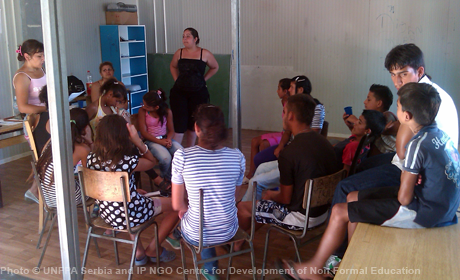Key humanitarian results 2020

Number of people reached with SRH/GBV information and awareness activities

Dignity Kits distributed

Personnel trained on clinical management of rape

